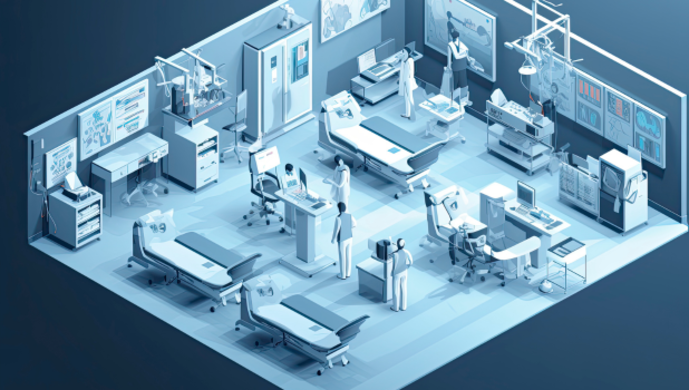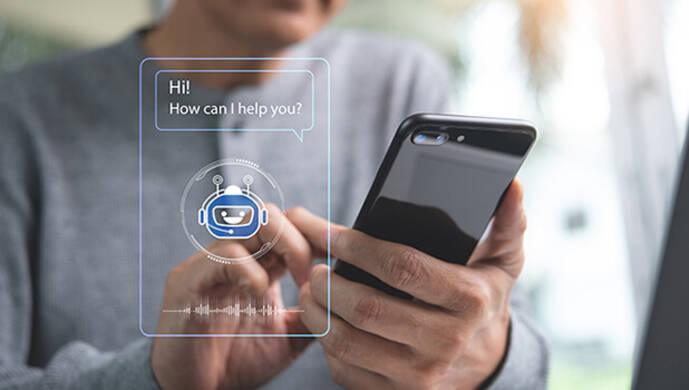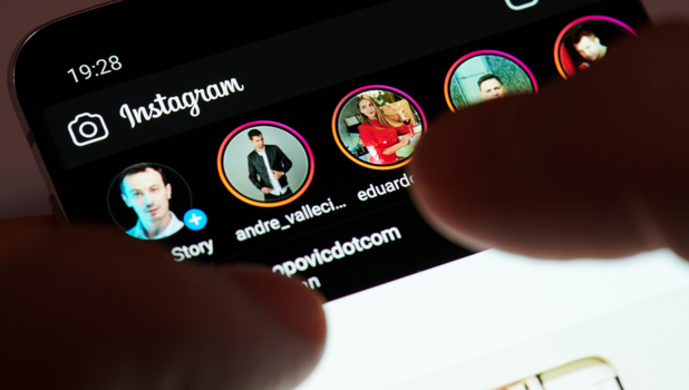Watch the webinar's replay:
Historically, every generation has had complaints and fears surrounding the adoption of new forms of technology. Keeping up with technological change is often uncomfortable until we adapt to it and learn to harness technology rather than be a slave to it. Nowhere is this truer than in a corporate setting, where email, instant messaging, mobile phones, and hundreds of other forms of information and communication technology (ICT) are constantly modifying the workplace and forcing employees to upgrade their skills and follow faster paces. Adapting to the changes brought on by new forms of technology in the workplace is a major source of stress, dubbed “technostress”.
Is technostress in the workplace necessarily negative?
While employee stress leads to disengagement and a higher turnover, negatively impacting performance, maybe the relationship with technostress creators isn’t as linear as one might assume. In a similar way to how a small amount of alcohol actually improves performance in throwing darts, while just a little too much powerfully impairs performance, perhaps a little amount of stressors is actually a good thing. For instance, some insecurity keeps people on their toes, motivating them to work harder to retain their jobs.
We set out to investigate the various different dimensions that make up the stress linked to our exposure to technology and how these “technostress creators” affect creativity for managers in the workplace.
The Five Types of Technostress Creators
To help break down this problem we split up the induced technostress into five types of “technostress creators”: techno-overload, techno-invasion, techno-complexity, techno-insecurity, and techno-uncertainty.
|
1. Techno-overload: Techno-overload appears when new technologies force people to do more work and do it faster. |
|
2. Techno-invasion: Techno-invasion appears when people feel they must always be constantly connected in order to be reachable anytime, anywhere. |
|
3. Techno-complexity: Techno-complexity appears when changes to computer systems mean that people must constantly spend time and effort updating their skill sets or seeking technical help when faced with a problem. |
|
4. Techno-insecurity: Techno-insecurity appears when people feel threatened about losing their jobs to those who better understand new gadgets and computing devices. |
|
5. Techno-uncertainty: Techno-uncertainty appears when continuous technological progress, with short life cycles for computer systems, means that employees feel their knowledge is constantly out of date. |
How might these different technostress creators impact employee creativity? Here is what we set out to determine.
The view from the top
We reached out via email to senior organizational managers with a survey in which they rated the various different technostress creators listed above and their perceived impact on their creativity. Our results showed that the five dimensions of technostress had different effects on innovation.
Our results showed that the five dimensions of technostress had different effects on innovation.
Techno-uncertainty actually had a strong positive relationship with employee innovation, suggesting that when employees feel they may be struggling to keep up with new technologies, this may coincide with beneficial effects on their innovation productivity.
We found that techno-overload, techno-invasion, and techno-complexity all had a significant U-shaped relationship with innovation, meaning that the relationship is at first decreasing before increasing, in the shape of a “U”. So this is actually the opposite of the inverted U-shaped relationship that a reading of the organizational stress literature would suggest.
Techno-overload and techno-insecurity had no significant effect on employee innovation.
Nuanced strategies for different types of technostress creators
Our research will prove useful to organizations as they decide how to design nuanced strategies that address technostress creators and their impact on employee innovation. Our findings suggest that simply trying to reduce technostress in general may in fact be counterproductive. Instead, organizations should aim to understand what level of each specific type technostress creator is optimal for employees to perform well.
Organizations should aim to understand what level of each specific type technostress creator is optimal for employees to perform well.
When it comes to techno-overload, our results suggest organizations benefit from using tools such as Skype and Live Meeting for encouraging employee innovation. Organizations can use education and training to help employees to approach techno-overload as a challenge rather than a hindrance, so that it can function as a positive rather than a negative.
We also found that techno-invasion can lead to a positive impact under the right set of circumstances. Employees may see technology as robbing them of a private life detached from the workplace; however, techno-invasion can be empowering for employees with the right safeguards. In order to stop techno-invasion causing technostress, employees should be made to feel in control of their work lives, for example by being allowed more flexibility in choosing their working hours – and conversely, choosing when to be disconnected.
Employees should be made to feel in control of their work lives, by choosing when to be disconnected for instance.
When it comes to techno-complexity we would advise organizations to provide opportunities for mentoring. This can help knowledge of new information systems pass between employees. This should happen in both directions, with not just senior employees mentoring junior employees, but also the reverse in cases where junior employees have a better understanding of new technologies.
Ultimately we suggest that companies will benefit from monitoring technostress within their organization as well as monitoring how their employees interpret technostress creators. Management should be providing training to employees to help them perceive technostress creators in ways that will allow them to embrace them as a form of stimulation, rather than being burdened by them. Companies may also benefit from investigating whether personalized interventions may be more effective for reducing technostress among their employees.











